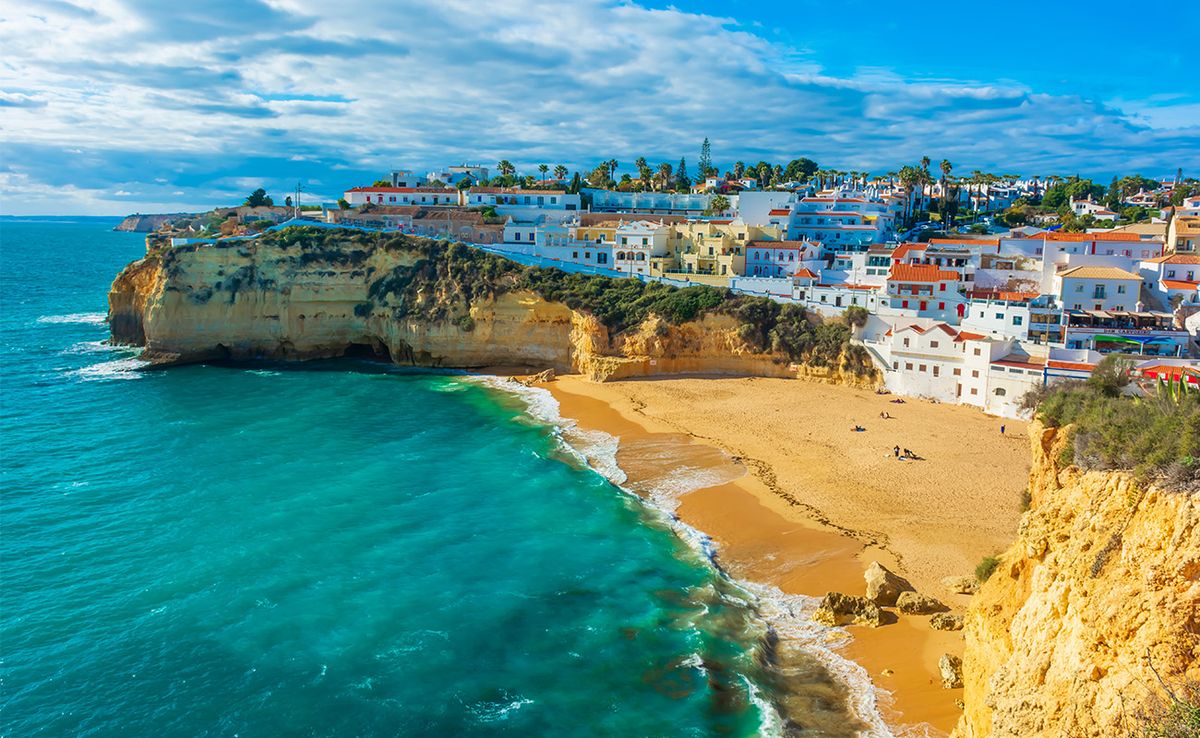
Faro, Portugal is a hidden gem waiting to be explored. Nestled in the Algarve region, this charming city boasts a rich history, stunning architecture, and vibrant culture. But what makes Faro truly special? Faro is not just about its picturesque old town or beautiful beaches. It's a city where ancient walls whisper tales of the past, and every corner has a story to tell. From its Roman roots to its Moorish influences, Faro is a melting pot of cultures. Whether you're a history buff, a nature lover, or a foodie, Faro has something for everyone. Ready to uncover the secrets of this enchanting city? Let's dive into 25 fascinating facts about Faro that will make you want to pack your bags and visit immediately!
Faroese Language
The Faroese language is a fascinating subject with a rich history and unique characteristics. Here are some intriguing facts about it:
- Faroese is a North Germanic language spoken by around 70,000 people, primarily in the Faroe Islands.
- It evolved from Old Norse, the language of the Vikings, and has similarities to Icelandic and Norwegian.
- The language has its own alphabet, consisting of 29 letters, including unique characters like ð and ø.
- Faroese was not standardized until the 19th century, thanks to the efforts of Venceslaus Ulricus Hammershaimb.
- Despite its small number of speakers, Faroese has a rich literary tradition, with sagas, poetry, and modern literature.
Geography of the Faroe Islands
The Faroe Islands are a group of islands in the North Atlantic, known for their stunning landscapes and unique geographical features. Let's dive into some geographical facts:
- The Faroe Islands consist of 18 major islands, with Streymoy being the largest and most populated.
- The islands are known for their rugged terrain, with cliffs, mountains, and fjords dominating the landscape.
- The highest peak is Slættaratindur, which stands at 880 meters (2,887 feet) above sea level.
- The coastline of the Faroe Islands is over 1,100 kilometers (684 miles) long, providing ample opportunities for fishing and birdwatching.
- The islands are located halfway between Iceland and Norway, making them a strategic location in the North Atlantic.
Faroese Culture
Faroese culture is rich and diverse, with unique traditions, music, and cuisine. Here are some cultural facts:
- The national dance of the Faroe Islands is the chain dance, a traditional folk dance performed to ballads.
- Faroese music includes a mix of traditional folk songs and modern genres like rock and pop.
- The Faroe Islands have a strong knitting tradition, with intricate patterns and designs unique to the region.
- Faroese cuisine is heavily influenced by the islands' maritime environment, with dishes like fermented lamb and dried fish being staples.
- The Faroe Islands celebrate Ólavsøka, a national holiday on July 29th, which includes sports, music, and cultural events.
Wildlife and Nature
The Faroe Islands are home to a diverse range of wildlife and natural beauty. Here are some facts about the islands' flora and fauna:
- The islands are a birdwatcher's paradise, with over 300 species of birds, including puffins, guillemots, and gannets.
- The Faroe Islands have no native land mammals, but sheep and cattle were introduced by early settlers.
- The waters around the islands are rich in marine life, including whales, seals, and various fish species.
- The islands' vegetation is primarily grassland, with few trees due to the harsh climate and strong winds.
- The Faroe Islands are known for their dramatic waterfalls, such as Múlafossur and Fossá, which attract many visitors.
Economy and Industry
The economy of the Faroe Islands is diverse, with fishing, tourism, and other industries playing significant roles. Here are some economic facts:
- Fishing is the backbone of the Faroese economy, accounting for over 90% of exports.
- The Faroe Islands have a growing aquaculture industry, particularly in salmon farming.
- Tourism is an important sector, with visitors drawn to the islands' natural beauty and unique culture.
- The Faroe Islands have their own currency, the Faroese króna, which is pegged to the Danish krone.
- Renewable energy is a focus for the islands, with wind and hydroelectric power contributing to their energy needs.
Fascinating Faroese Facts
The Faroe Islands, with their breathtaking landscapes and unique culture, offer a treasure trove of intriguing facts. From the sheep outnumbering people to the lack of traffic lights, these islands are anything but ordinary. The Faroese language, with its roots in Old Norse, adds a rich historical layer to the islands' charm. Their bird cliffs, home to thousands of seabirds, are a birdwatcher's paradise. The traditional Faroese chain dance, a cultural gem, showcases the islands' deep-rooted traditions.
Fishing remains a cornerstone of the economy, reflecting the Faroese connection to the sea. The islands' weather, ever-changing and unpredictable, adds to their mystique. With a strong sense of community and sustainable living practices, the Faroe Islands stand out as a model of resilience and harmony with nature. Exploring these facts gives a glimpse into the enchanting world of the Faroe Islands.
Was this page helpful?
Our commitment to delivering trustworthy and engaging content is at the heart of what we do. Each fact on our site is contributed by real users like you, bringing a wealth of diverse insights and information. To ensure the highest standards of accuracy and reliability, our dedicated editors meticulously review each submission. This process guarantees that the facts we share are not only fascinating but also credible. Trust in our commitment to quality and authenticity as you explore and learn with us.
